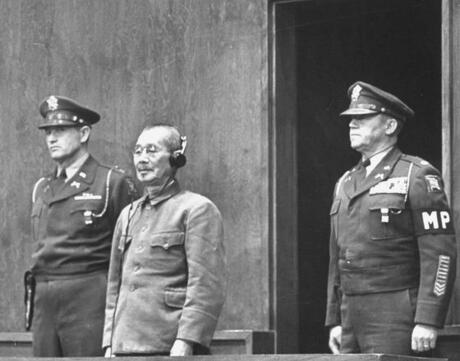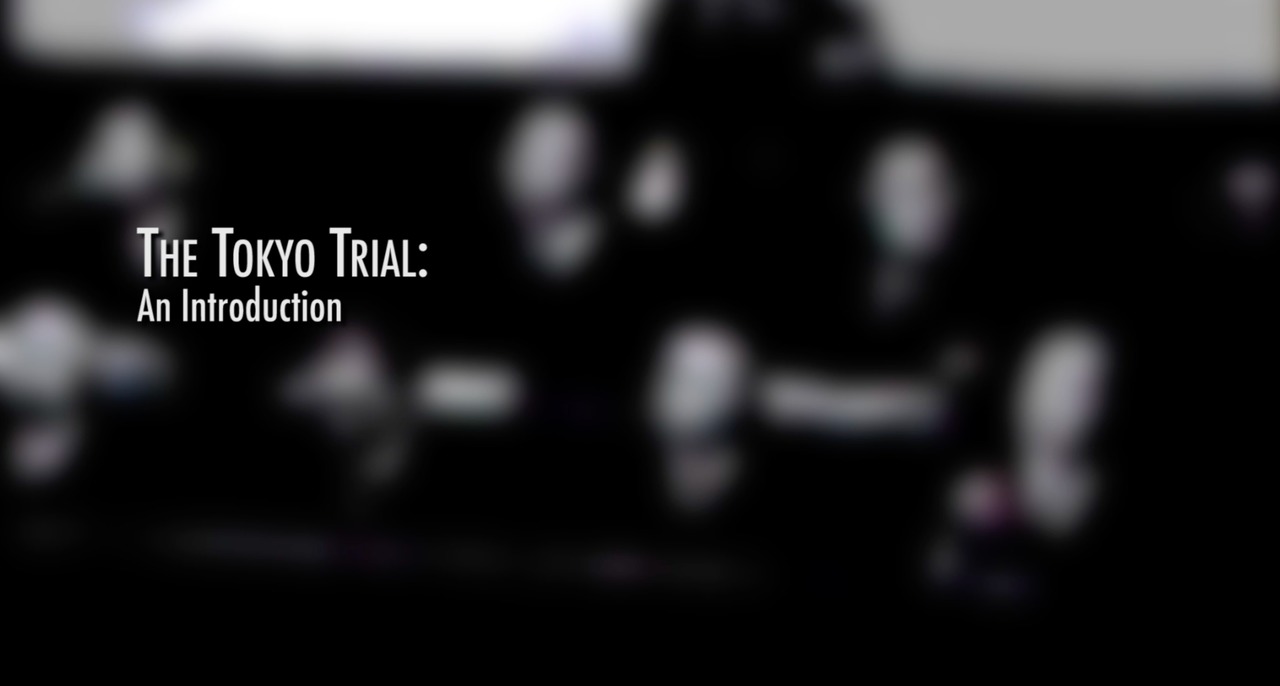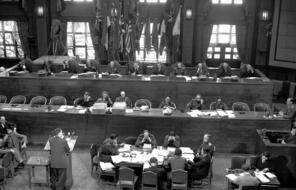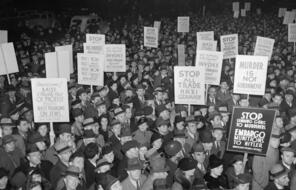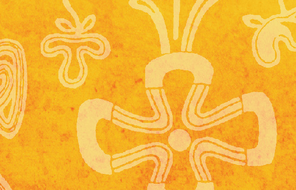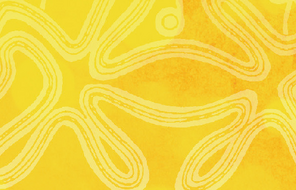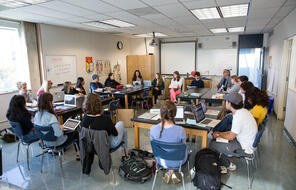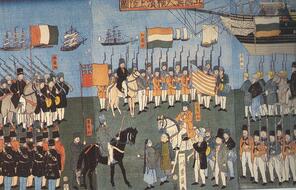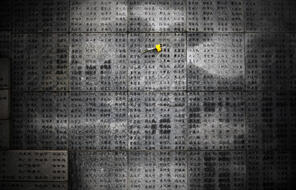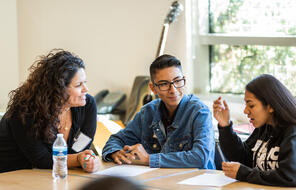In the spring of 1945, Japanese Emperor Hirohito reportedly said, “If we hold out long enough in this war, we may be able to win, but what worries me is whether the nation will be able to endure it until then.” The emperor issued an imperial rescript ordering the nation to “smash the inordinate ambitions of the enemy nations and achieve the goals of war.”
By mid-June of 1945, Hirohito’s stance began to shift as his empire was collapsing. Japan’s oil supply had been completely cut off for months, and huge sections of more than 60 Japanese cities were in ruins. Once the first atomic weapons were dropped on Hiroshima and Nagasaki by the United States, and Soviet forces further encroached into regions of China held by Japan, Emperor Hirohito finally agreed to surrender.
As the war ended, General Douglas MacArthur of the United States was put in charge of the occupation of Japan, which lasted from 1945 to 1952. He established the International Military Tribunal for the Far East, with trials set to begin in May 1946 in Tokyo, to seek accountability for Japanese aggression and atrocities. Based on the precedents set at Nuremberg (see the reading Establishing the Nuremberg Tribunal), the Far East tribunal indicted 28 Japanese military and civilian leaders for war crimes, crimes against peace (which included planning a war of aggression), and crimes against humanity.
But many others who might have been indicted were not. Historian John Dower describes the choices of whom to prosecute—choices that were later criticized:
[T]he absence of certain groups and crimes [in the Tokyo indictments] was striking. No heads of the dreaded Kempeitai (the military police) were indicted; no leaders of ultranationalistic secret societies; no industrialists who had profited from aggression and had been ultimately involved in paving “the road to war.” The forced mobilization of Korean and Formosan colonial subjects was not pursued as a crime against humanity, nor was the rounding up of many tens of thousands of young non-Japanese who were forced to serve as “comfort women” providing sexual services to the imperial forces. The Americans who controlled the prosecution chose to grant blanket secret immunity to one group of Japanese whose atrocious crimes were beyond question, namely, the officers and scientific researchers in Unit 731 in Manchuria who had conducted lethal experiments on thousands of prisoners (they were exempted from prosecution in exchange for sharing the results of their research with the Americans). The prosecution did not seriously pursue evidence concerning the Japanese use of chemical warfare in China.
The most notable absence among those indicted was that of Emperor Hirohito, the leader of Japan throughout the entire pre-war and wartime period. The decision not to try him was made by General MacArthur; it reflected the American policy of leaving the emperor on the throne as a way of helping the Japanese people accept their defeat, the occupation, and the guiding principles that MacArthur would follow to turn Japan into a democracy.
The same concerns about ex post facto (“after the fact”) justice that were expressed about the Nuremberg trials (see the reading Establishing the Nuremberg Tribunal) were raised about the Far East tribunal, but there, too, they were dismissed. One important difference, however, was that at the Tokyo trials, defendants were held responsible for crimes of omission—the failure to act to prevent war crimes from occurring or continuing. This played a significant part in the conviction and subsequent execution of two of the defendants: General Iwane Matsui, who directed the campaign to capture Nanjing, and Koki Hirota, who was Japan’s foreign minister at the time of the Nanjing atrocities. The prosecution presented evidence that both had known of the atrocities but had done nothing to stop them. The final judgment against Hirota read:
The tribunal is of the opinion that Hirota was derelict in his duty in not insisting before the Cabinet that immediate action be taken to put an end to the atrocities, failing any other action open to him to bring about the same result. He was content to rely on assurances which he knew were not being implemented while hundreds of murders, violations of women, and other atrocities were being committed daily. His inaction amounted to criminal negligence.
Seven other defendants at the Tokyo trials were convicted of either crimes against peace or war crimes, and they were executed. The others were sentenced to prison terms; no one was acquitted.
In addition to criticisms made during and after the Tokyo trials that they were simply “victor’s justice,” some people also claimed that the tribunal and its indictments reflected a strong racial bias. Only three of the 11 judges presiding at the trials were Asian. Justice Radhabinod Pal, who was from India, noted that the Japanese leaders were being prosecuted and convicted for starting a war of conquest against countries like Indonesia (colonized by the Dutch), Indo-China (colonized by the French), and Malaysia (colonized by the British), all of which had been “acquired by such aggressive methods” as the Japanese were accused of using. Historian John Dower notes that Justice Pal
also commented, with no little sarcasm, on the ways in which the positive rhetoric of imperialism and colonialism of the Europeans and Americans became transmogrified [changed] when associated with Japan: “As a program of aggrandizement of a nation we do not like, we may deny to it the terms ‘manifest destiny’, ‘the protection of vital interests’, ‘national honour’ or a term coined on the footing of the ‘white man’s burden’, and may give it the name of ‘aggressive aggrandizement’ pure and simple.”
In spite of the trials at Tokyo, many survivors of the Nanjing atrocities have not felt that the crimes they endured have been properly acknowledged. One way to consider questions of justice after the atrocities in Nanjing is to examine them through the contemporary lens of transitional justice. The International Center for Transitional Justice defines this process as follows:
A range of approaches that societies undertake to reckon with legacies of widespread or systematic human rights abuse as they move from a period of violent conflict or oppression towards peace, democracy, the rule of law, and respect for individual and collective rights.
In making such a transition, societies must confront the painful legacy, or burden, of the past in order to achieve a holistic sense of justice for all citizens. . . . A variety of approaches to transitional justice are available that can help wounded societies start anew. These approaches are both judicial and nonjudicial.
While international conversations about transitional justice did not exist in 1945, in the immediate aftermath of the war, Japan took several steps in that direction. These included rewriting civil laws, rebuilding civic institutions, and participating in international trials for some Japanese leaders held accountable for atrocities committed under their command. But decades after the war’s conclusion, there are still open questions about what else can and should be done to acknowledge the grievances of victims and their descendants and what would constitute a full accounting by the Japanese government for war crimes committed in Nanjing and elsewhere during World War II. These old memories remain open wounds; such trauma can be passed down for generations. For many, the process of achieving justice for the crimes committed is ongoing.
